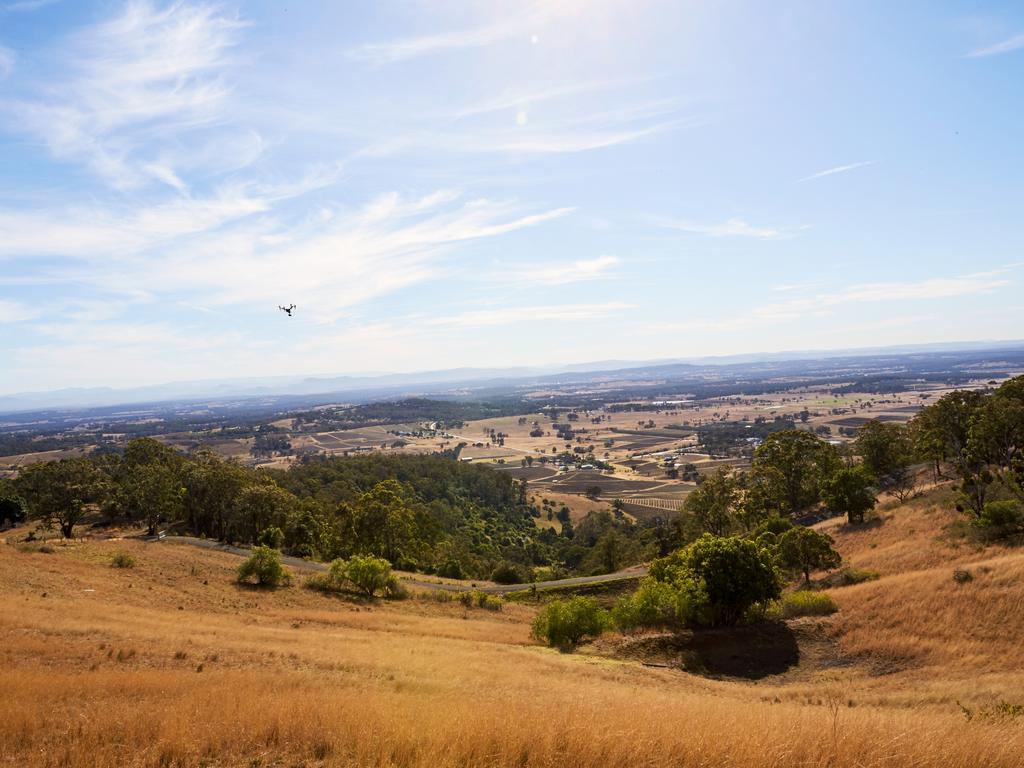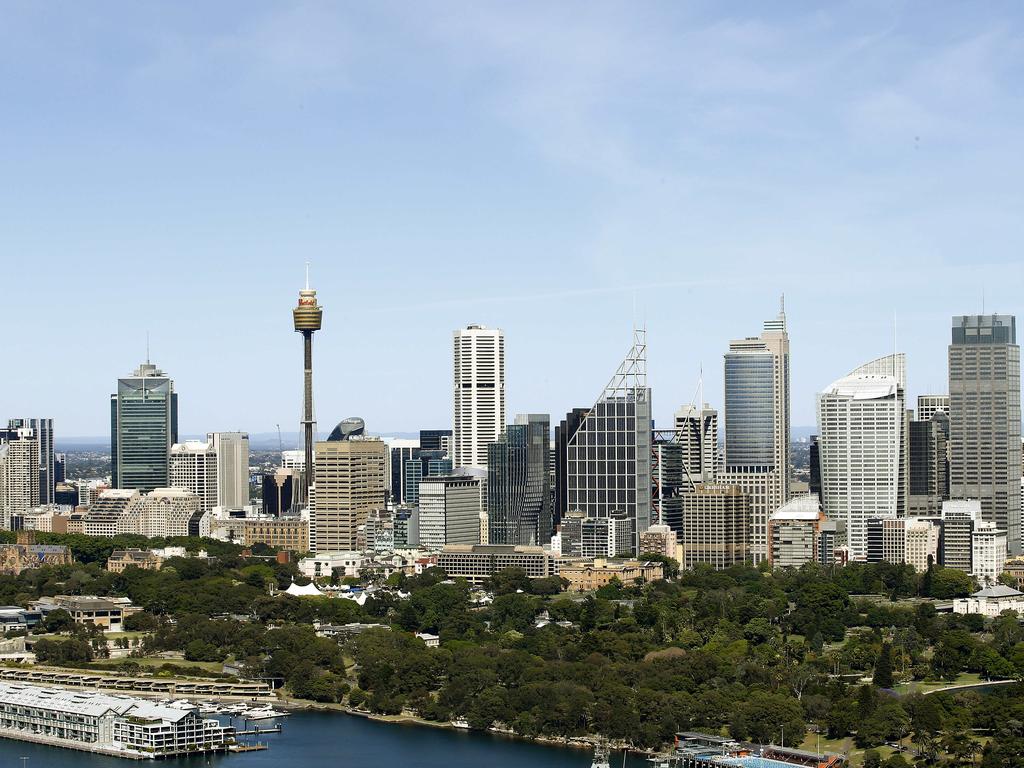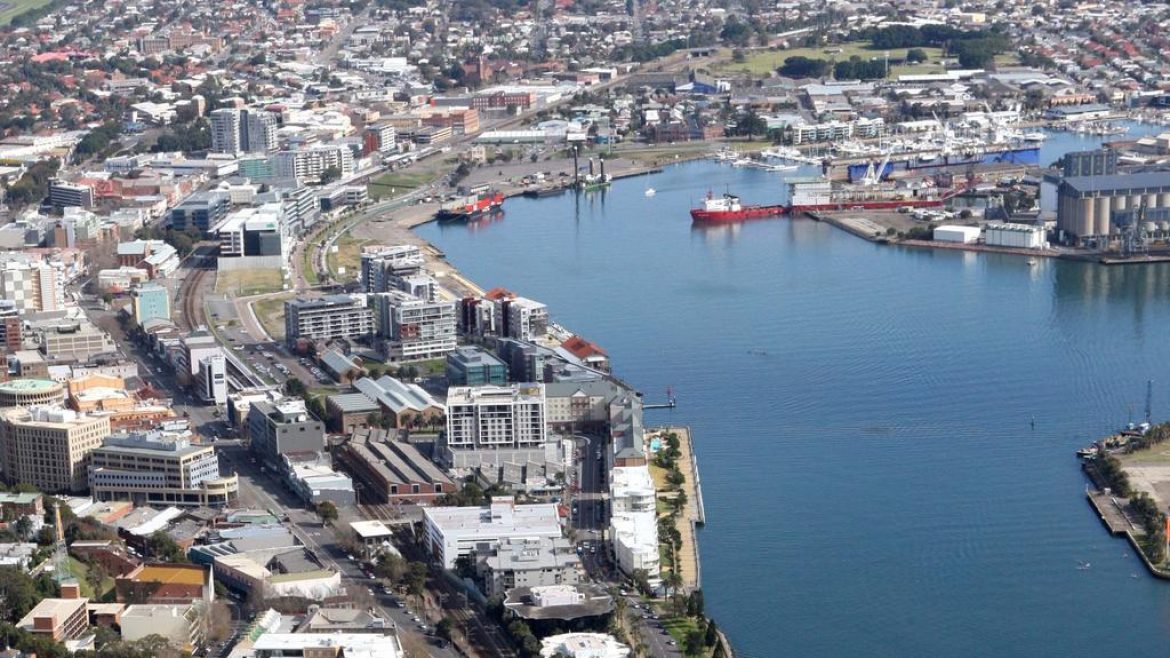
Newcastle is one of NSW’s strongest growth regions.
Regional housing values have held firm through the COVID period compared with the capital cities across Australia.
New research from CoreLogic shows dwelling values across the regional areas of Australia slipping by only 0.1 per cent between March and the end of July, while capital city home values are down 2 per cent over the same period.
MORE: Housing shortage emerging in key Sydney areas
What Aussies do when they’re home alone
It has especially been the case to the immediate south and north of Sydney. The Illawarra region is the standout performer. The Illawarra recorded the largest annual rise in regional housing values across Australia, up 12 per cent. It also saw the biggest jump in home sale volume over the past twelve months, with activity up 14 per cent over the year.

The Hunter Valley region saw values rise 2.8 per cent. Credit: Destination NSW
Newcastle and Lake Macquarie was NSW’s next best performing region. Its house values were up eight per cent, on the back of a seven per cent hike in sales activity.
Elsewhere, the Hunter Valley region, excluding Newcastle, saw values up 2.8 per cent annually. Its sales activity level was up six per cent.
The heightened sales activity was evident in the NSW Southern Highlands and Shoalhaven, where the house sales volume increased by 12.7 per cent. Values in the region grew by 3.2 per cent annually.
The latest quarterly regional report analysed 25 of Australia’s largest non-capital city regions, including 10 from NSW, looking at performance of both house and unit markets. Of the 50 house and unit markets included in the analysis, 37 have seen values rise over the 12 months to July.
Houses were the better performer over the year, with 20 regions recording a rise in the value of houses, while five regional areas saw house values decline over the 12 months, with two in NSW.
They were the Riverina area and the New England and North West region. The latter had the longest days on market over the year, with houses taking close to 100 days to sell, on average.
Across regional unit markets, 17 regions across Australia recorded a rise in values over the year to July.
While the region by region data shows diversity, Tim Lawless, the head of research at CoreLogic, suggests relatively steady conditions in regional markets were partly due to the areas being less affected by stalling overseas migration.

Markets south and north of Sydney are performing the strongest. Picture: John Appleyard
“Close to 85 per cent of Australia’s net overseas migration flows into the capital cities,” Mr Lawless advised.
Mr Lawless also reckons the latest data shows some momentum in the trend towards rising demand for lifestyle properties. “It was prevalent prior to COVID-19,” he added.
Regional areas certainly offer up a variety of advantages and risks compared with their capital city counterparts. Housing prices tend to be lower, providing a more affordable entry point to the market.
For instance, there is a $588,000 median around Newcastle, $590,000 in the Southern Highlands and $704,000 in the Illawarra.
Mr Lawless warns regional economic conditions can be more volatile, especially those areas that are heavily dependent on a single industry for economic prosperity.
There have been signs regional growth rates peaked in late 2019, and could head into negative territory later this year without significant improvement to economic conditions or a demonstrated shift in demand side factors like population growth.
The post Regional cities have performed stronger than capitals throughout COVID-19 crisis appeared first on realestate.com.au.

